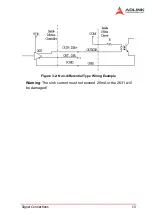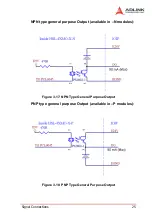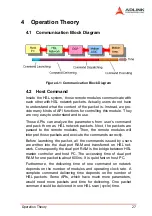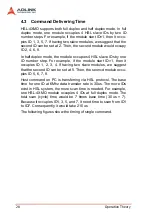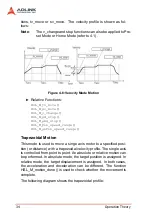
Operation Theory
27
4
Operation Theory
4.1 Communication Block Diagram
Figure 4-1: Communication Block Diagram
4.2 Host Command
Inside the HSL system, those remote modules communicate with
each other with HSL network packets. Actually, users do not have
to understand what the content of the packet is. Instead, we pro-
vide many kinds of API functions for controlling this module. They
are very easy to understand and to use.
Those APIs can analyze the parameters from user’s command
and pack them as HSL network packets. Next, the packets are
passed to the remote modules. Then, the remote modules will
interpret those packets and execute the commands correctly.
Before launching the packet, all the commands issued by users
are written into the dual port RAM and transferred on HSL net-
work. Consequently, the dual port RAM is the bridge between HSL
master controller and host PC. The accessing time of dual port
RAM for one packet is about 600ns. It is quiet fast on host PC.
Furthermore, the delivering time of one command on network
depends on the number of modules and operating clock rate. A
complete command delivering time depends on the number of
HSL packets. Some APIs, which have much more parameters,
would need more packets and time for delivering. One packet
command could be delivered in one HSL scan (cycle) time.
Summary of Contents for HSL-4XMO
Page 4: ......
Page 16: ...6 Introduction ...
Page 36: ...26 Signal Connections ...
Page 67: ...Operation Theory 57 Home Search Example Home mode 1 Figure 4 29 Home Search Example ...
Page 108: ...98 Motion Creator in LinkMaster ...



